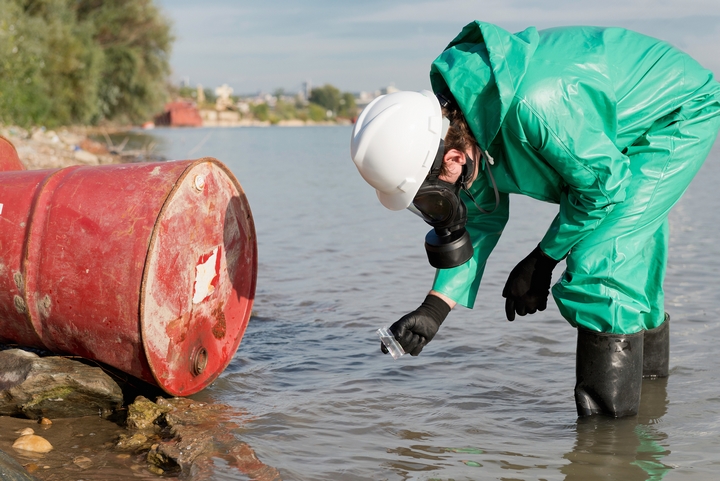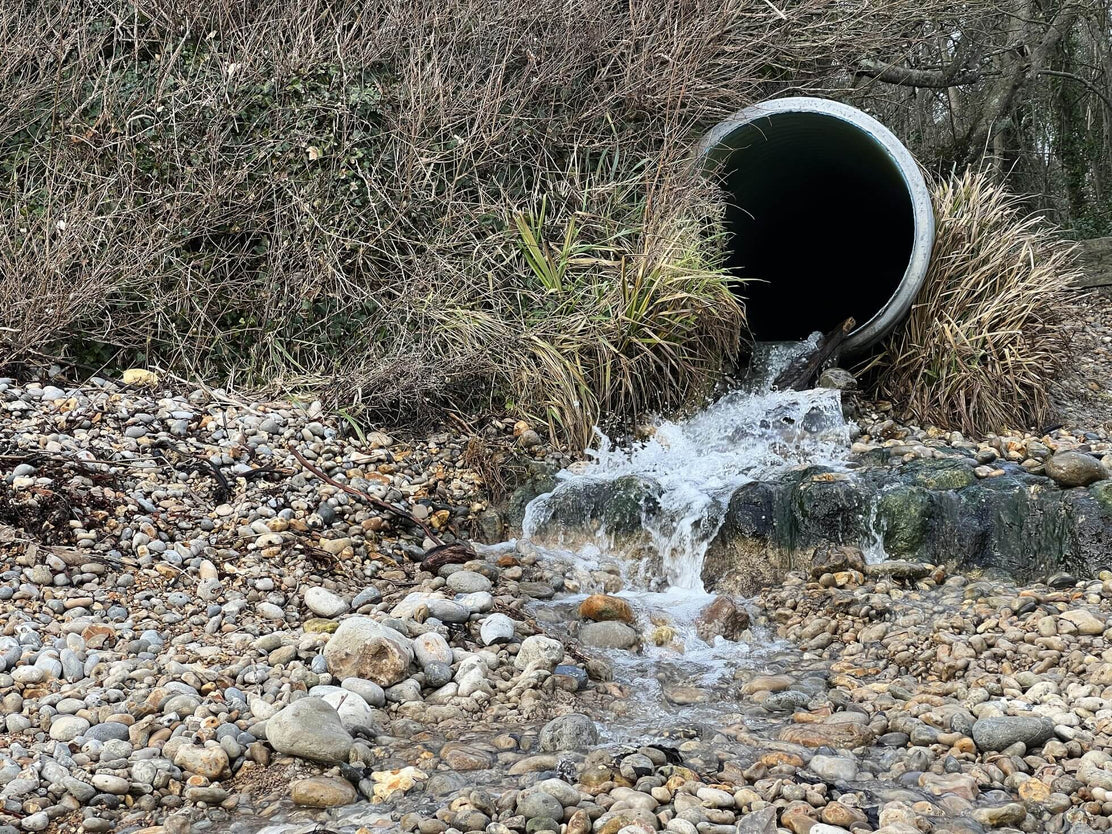Leading Industrial Wastewater Treatment Solutions: Making Sure Conformity and Performance
Leading Industrial Wastewater Treatment Solutions: Making Sure Conformity and Performance
Blog Article
Exactly How Liquid Garbage Disposal Functions: A Comprehensive Overview of Strategies and Technologies Used

Summary of Fluid Waste Kind
The intricacy of fluid waste types requires a detailed understanding of their features and effects for disposal. Fluid waste can extensively be categorized into several types, consisting of commercial, local, farming, and unsafe waste. Each group shows distinctive buildings, calling for certain administration techniques to mitigate ecological and wellness dangers.
Industrial liquid waste stems from producing processes and often has an array of pollutants, such as heavy steels, solvents, and organic compounds. Community liquid waste, largely consisting of wastewater from households and business establishments, includes raw material, nutrients, and microorganisms (industrial wastewater treatment). Agricultural fluid waste, including overflow from ranches, might include plant foods, chemicals, and pet waste, posing threats to water quality and ecological communities
Hazardous liquid waste is characterized by its poisoning, reactivity, or prospective to trigger damage. This classification consists of compounds like acids, bases, and certain chemicals that necessitate rigid handling and disposal procedures. Recognizing these diverse liquid waste types is essential for establishing efficient disposal methods and guaranteeing conformity with ecological laws. Proper category and characterization are important for applying appropriate treatment strategies and minimizing the negative effect on public health and wellness and the setting.
Physical Therapy Methods

Testing is the preliminary step, where bigger bits and debris are removed from the fluid waste utilizing screens or grates. In sedimentation containers, much heavier particles resolve at the bottom, forming a sludge layer, while the made clear liquid can be more dealt with.
Filtration is an additional necessary technique that involves passing the fluid through permeable materials, such as sand or membrane layers, to catch smaller fragments. This step boosts the high quality of the liquid, making it ideal for subsequent therapy processes.

Chemical Therapy Methods
Chemical therapy strategies are vital for effectively taking care of liquid waste, specifically in attending to dissolved and colloidal pollutants that physical methods might not effectively remove. These methods make use of different chemical representatives to counteract, speed up, or transform unsafe materials into less harmful types.
One typical method is coagulation and flocculation, where chemicals such as alum or ferric chloride are included in advertise the aggregation try this website of suspended fragments. This procedure enhances sedimentation, enabling for less complicated removal of the resulting sludge. Furthermore, oxidation procedures, employing agents like chlorine or ozone, are utilized to break down intricate natural substances and virus, rendering the waste much safer for discharge or additional treatment.
Neutralization is an additional crucial method, which readjusts the pH of acidic or alkaline waste streams to neutral degrees, preventing potential damage to downstream systems and the atmosphere. Moreover, progressed oxidation procedures (AOPs) make use of mixes of oxidants and ultraviolet light to weaken persistent pollutants, achieving a higher level of treatment efficiency.
Biological Therapy Procedures
Organic therapy procedures play a crucial duty in the management of fluid waste by making use of microbes to decompose raw material and decrease contaminant levels. These procedures can be generally classified right into cardiovascular and anaerobic treatments, each employing specific microbial communities to attain reliable waste deterioration.
Cardiovascular treatment involves using oxygen to promote the malfunction of organic materials by bacteria. This procedure is frequently executed in activated sludge systems, where oygenation containers supply a favorable environment for microbial development, causing the oxidation of organic toxins. The resultant biomass can be separated from treated effluent with sedimentation.
On the other hand, anaerobic therapy occurs in the lack of oxygen, depending on different microorganisms to break down natural matter. This approach is especially advantageous for high-strength waste, as it creates biogas, a renewable resource resource, while decreasing here sludge manufacturing. Technologies such as anaerobic digesters are often employed in commercial and community applications.
Both anaerobic and cardiovascular organic treatments not just reduce the ecological effect of liquid waste yet also promote resource healing, making them crucial components of lasting waste management approaches. Their flexibility, effectiveness, see here and effectiveness sustain their prevalent implementation across numerous sectors.
Emerging Technologies in Disposal
Ingenious strategies to liquid waste disposal are quickly progressing, driven by advancements in technology and a boosting focus on sustainability. Amongst these emerging technologies, membrane bioreactors (MBRs) have gotten grip for their capacity to incorporate organic therapy with membrane filtration, resulting in premium effluent that can be recycled in numerous applications. MBRs make it possible for smaller sized impacts and extra reliable procedures contrasted to typical systems.
An additional encouraging growth is making use of anaerobic digestion integrated with nutrient healing innovations, which not only deals with fluid waste yet additionally creates biogas and recovers valuable nutrients like nitrogen and phosphorus. This double advantage boosts source efficiency and reduces ecological impact.
Furthermore, progressed oxidation processes (AOPs) are being embraced for the destruction of intricate organic contaminants. These techniques make use of powerful oxidants and drivers to break down contaminants at the molecular degree, supplying an extremely efficient service for challenging waste streams.
In addition, the assimilation of man-made intelligence and machine understanding in waste monitoring systems is enhancing operational performance and predictive upkeep, bring about decreased costs and boosted environmental conformity. These innovations reflect a substantial shift towards even more effective and lasting liquid waste disposal techniques.
Final Thought
To conclude, reliable liquid garbage disposal necessitates a thorough understanding of different strategies and innovations. The assimilation of physical, chemical, and biological therapy methods makes certain the efficient monitoring of diverse waste types. In addition, the development of cutting-edge technologies boosts therapy effectiveness and advertises sustainability in waste management methods. By continually advancing these approaches, it comes to be possible to deal with the expanding challenges related to fluid waste, inevitably adding to environmental security and source recovery.
Liquid waste disposal is an essential facet of environmental management, requiring a detailed understanding of numerous strategies and technologies tailored to various waste kinds. Fluid waste can generally be classified right into numerous kinds, consisting of commercial, local, farming, and harmful waste. Agricultural fluid waste, including overflow from farms, may contain plant foods, chemicals, and pet waste, presenting dangers to water high quality and environments.
Different physical treatment methods play a crucial role in taking care of fluid waste successfully - industrial wastewater treatment.In final thought, efficient liquid waste disposal demands a thorough understanding of numerous methods and technologies
Report this page